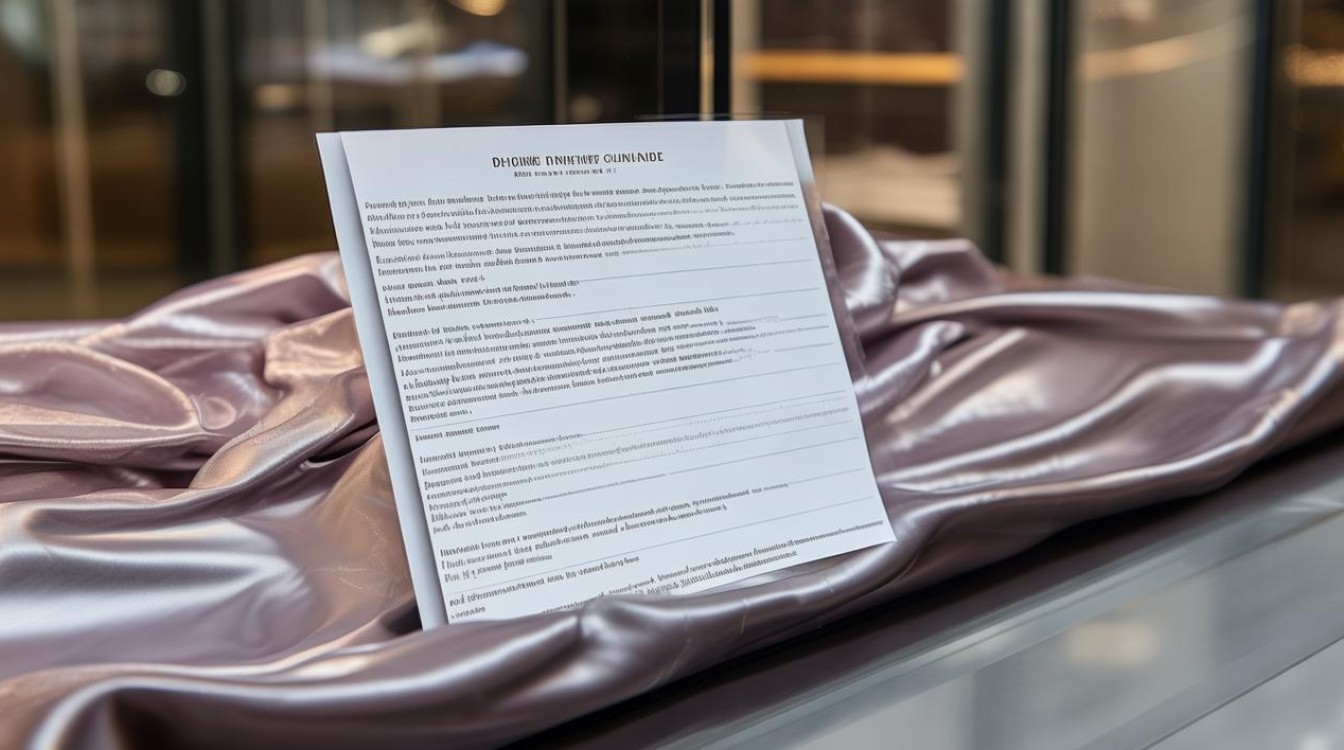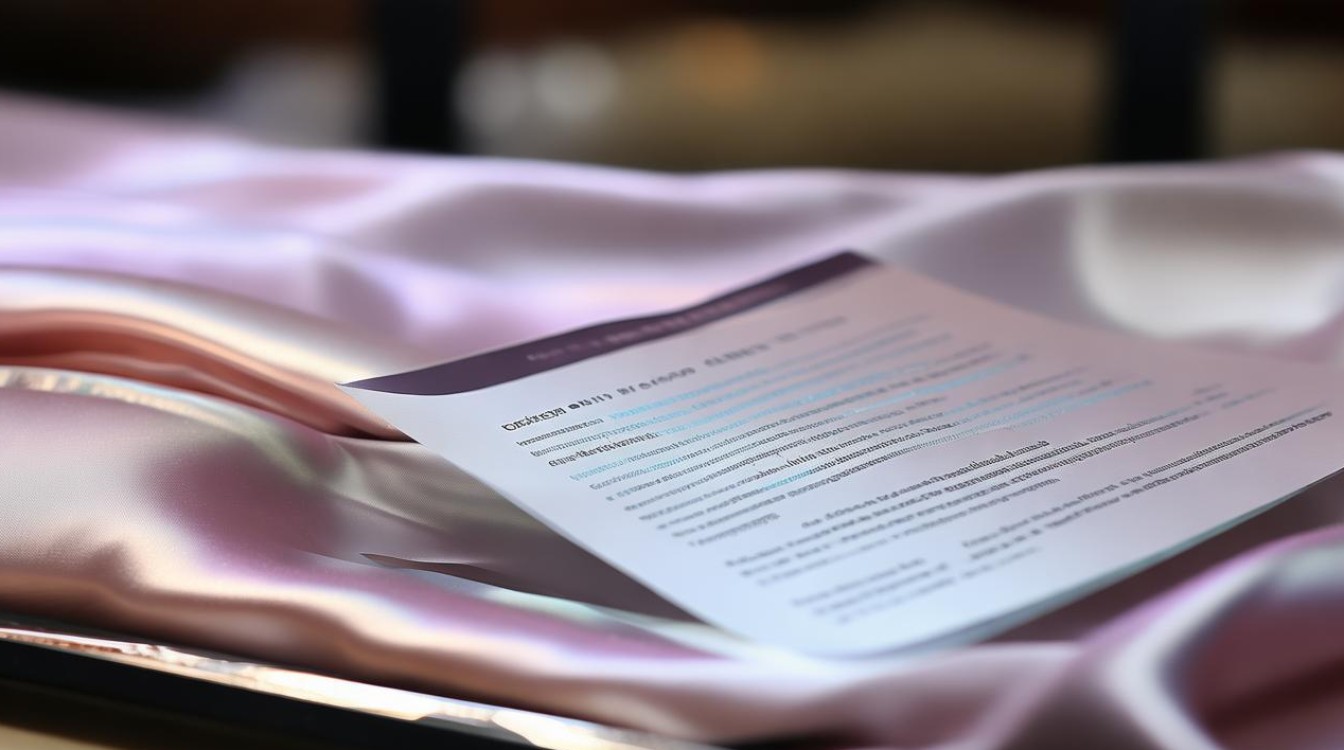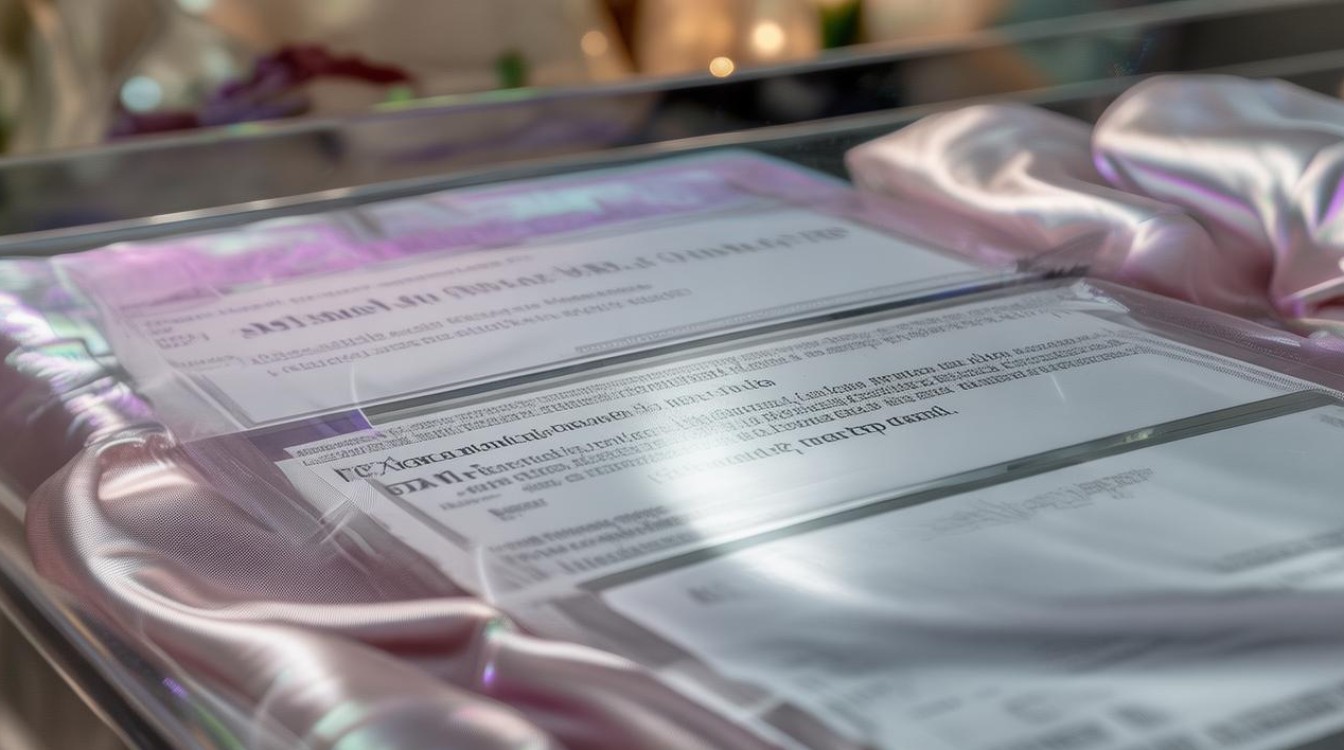Silk has been a symbol of luxury and elegance for centuries, and today, it remains a highly sought-after commodity in global markets. Whether you're a silk producer, retailer, or e-commerce business owner, effectively introducing silk products in English can significantly enhance customer engagement and sales. This guide provides practical dialogue techniques, industry insights, and the latest data to help you communicate confidently with international clients.

Key English Dialogue Techniques for Silk Product Introductions
Start with a Warm Greeting
A friendly opening sets a positive tone. Example:
- "Hello! Welcome to [Your Brand]. We specialize in premium silk products. How can I assist you today?"
Highlight Unique Selling Points (USPs)
Focus on key features such as:
- Material Quality: "Our silk is 100% mulberry silk, known for its softness and durability."
- Craftsmanship: "Each piece is handwoven by skilled artisans using traditional techniques."
- Sustainability: "We use eco-friendly dyeing processes to minimize environmental impact."
Use Comparisons for Clarity
Help customers understand silk grades:
- "Unlike synthetic fabrics, pure silk regulates temperature naturally, keeping you cool in summer and warm in winter."
Provide Data to Build Trust
Incorporate the latest industry statistics to reinforce credibility.

Global Silk Market Trends (2024)
| Metric | Value | Source |
|---|---|---|
| Global Silk Market Size | $16.8B | Statista |
| Top Exporting Country | China (90%) | ITC Trade Map |
| Sustainable Silk Demand Growth | +12% CAGR | Textile Exchange |
Handle Common Customer Questions
Prepare responses for frequent inquiries:
- "Is this silk machine-made or handwoven?"
→ "Our scarves are handwoven, ensuring each piece is unique." - "How should I care for silk?"
→ "Hand wash in cold water with mild detergent and avoid direct sunlight."
Latest Silk Industry Insights (2024)
Rising Demand for Ethical Silk
Consumers increasingly prefer peace silk (ahimsa silk) and organic silk due to ethical concerns. Example dialogue:
- "We offer cruelty-free peace silk, where silkworms are not harmed during production."
Digital Silk Market Expansion
E-commerce dominates silk sales:
- "Over 65% of silk purchases now occur online." (Source: eMarketer)
- Use phrases like: "You can explore our full collection on our website with secure checkout."
Customization Trends
Personalized silk products (monogrammed scarves, bespoke designs) are gaining popularity. Example:

- "We offer custom embroidery—would you like initials added to your order?"
Practical Dialogue Examples
Scenario 1: In-Store Customer
Customer: "I’m looking for a silk scarf as a gift."
You: "Great choice! Our scarves are made from 6A-grade mulberry silk, the finest available. This one features a hand-painted design—would you like to feel the texture?"
Scenario 2: Online Inquiry
Customer (via chat): "Is your silk hypoallergenic?"
You: "Yes! Pure silk is naturally hypoallergenic and gentle on sensitive skin. Many customers with allergies prefer it over synthetic fabrics."
Enhancing E-A-T (Expertise, Authoritativeness, Trustworthiness)
To align with Google’s E-A-T guidelines, ensure:
✔ Expertise: Cite credible sources (e.g., Statista, ITC Trade Map).
✔ Authoritativeness: Mention industry certifications (Oeko-Tex, GOTS).
✔ Trustworthiness: Display customer reviews and secure payment badges.
Final Thoughts
Mastering silk product introductions in English requires clarity, confidence, and up-to-date knowledge. By integrating these dialogue techniques and leveraging current market data, you can build stronger connections with global customers. The silk industry continues to evolve, and staying informed ensures your business remains competitive.

(Data sources verified as of June 2024.)











